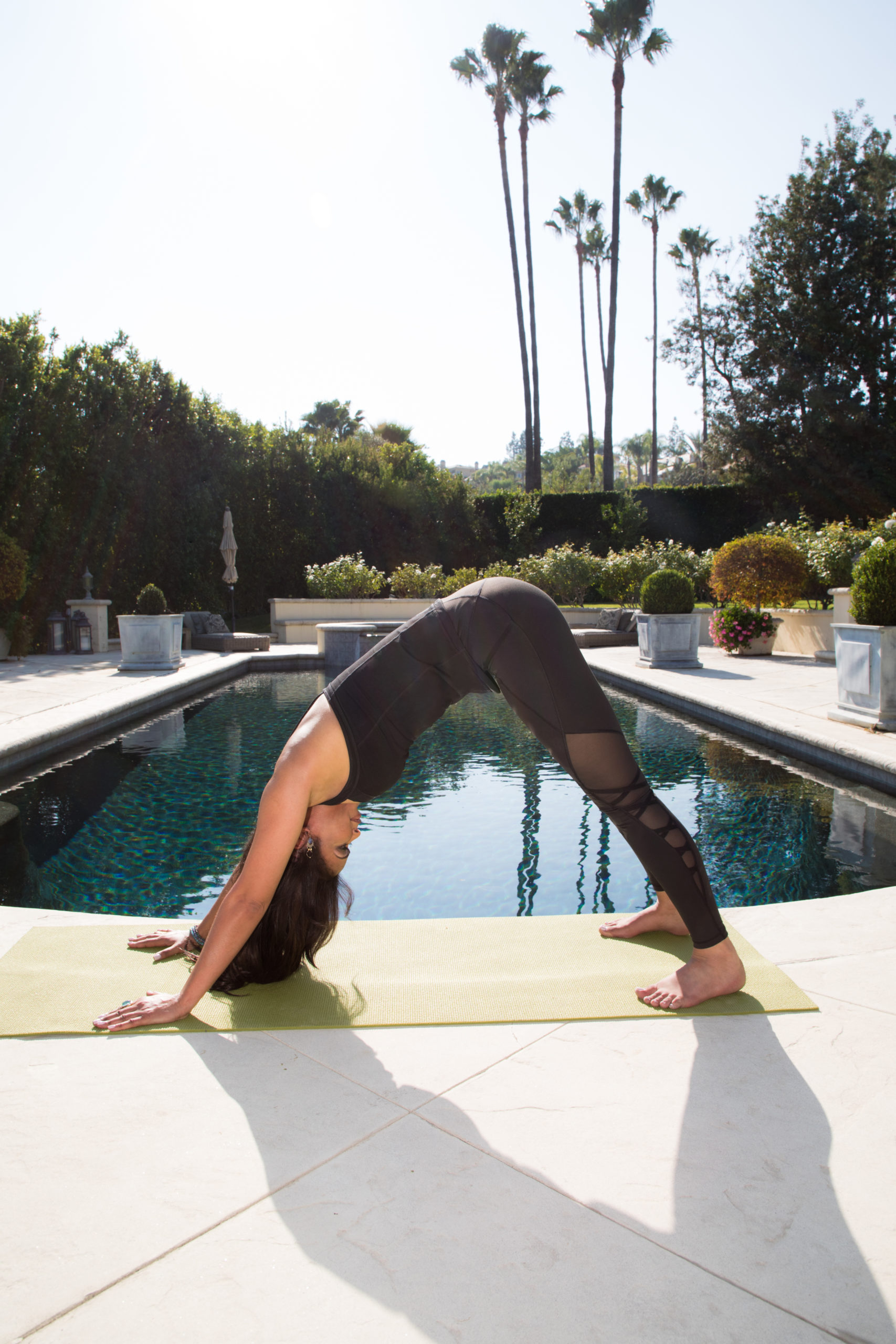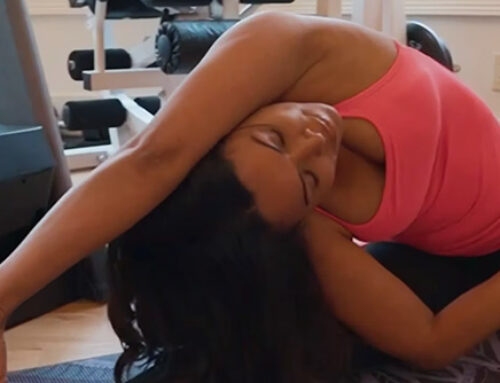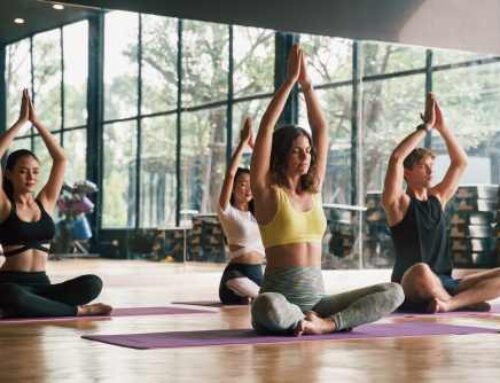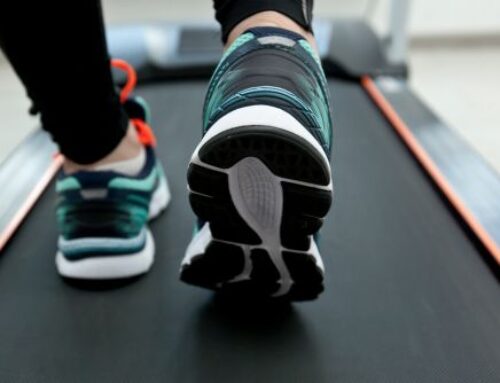Downward Facing Dog or Adho Mukha Svanasana is one of the key poses for a rejuvenating sequence and one of the most recognized throughout the world. This yoga pose requires specific alignment to work its magic, as well as the strength to devote your body to the position for at least a minute.
If you give in to Downward Facing Dog, however, your devotion will be rewarded with many physical and mental health benefits. So long as you perform the pose correctly (details below), Downward Dog is one of the most rejuvenating and strengthening poses you can perform. Read on to learn the reasons to master this pose and the step-by-step guide to getting into it.
The Benefits of Downward Facing Dog
When done correctly, Downward Facing Dog is an ultimate calming pose. The stretch through your shoulders and hamstrings is particularly effective at calming a restless mind, relieving stress, and even treating mild depression. Those who suffer from symptoms of menstruation or menopause can use the pose to find some relief.
Along with strengthening your arms and legs, Downward Dog brings a sense of balance through the stretch. It gets your digestion moving, gives you relief from headaches and fatigue, and can even help you get to sleep.
Anyone suffering from chronic conditions that cause “elevation” or feelings of mental restlessness can find some relief through Downward Facing Dog. This includes those who deal with out of control sinuses as a result of sinusitis or asthma, or even people with high blood pressure. Downward Dog is a great pose to de-escalate a restless mind and body.
How to Do the Pose
Downward Facing Dog begins on your hands and knees with your knees aligned below your hips. With palms spread, ground yourself with a few finger taps and tuck your toes.
Begin with your elbows on the floor and your tailbone high, as though you have an invisible string pulling it towards the ceiling. Take a big in-breath and as you exhale, push from the floor. Keep your knees bent a bit but be aware of how they straighten and lengthen as you push away.
The key movement happens in your tailbone, as you lengthen it, pulling it away from your hips, with your sit bones tugging towards the ceiling.
Take another breath. Exhale and straighten your legs, pushing your thighs back and out as your heels and calves get a good stretch. You want your knees to straighten up but not lock as you let your legs lengthen and your thighs roll a little inwards.
At the same time, feel your arms roll out a bit as your energy presses into your index fingers and between your fingers and thumbs. Let your shoulder blades widen and stay aware of your head. You want it to stay in the middle of your arms, not hanging to the floor.
Downward Facing Dog is a major part of the Sun Salutation sequence, lasting anywhere from a minute to two or three depending on your experience level and how long you can hold the correct pose. This is one particular yoga pose that doesn’t even need a sequence: many people practice Downward Dog only, working up to three minutes. Those who can’t make it first (believe me: it’ll take some time!), I like to tell them to “pedal” their legs a bit by pumping up and down on their heels and bending their knees while in this pose. It can make it more comfortable to sustain.
In any case, as you finish, gently let your knees bend to the floor as you exhale. Prepare your body to come out of Downward Dog and into Child’s Pose, which will let everything open and relax.
The Takeaway
Downward Facing Dog provides major stress-relieving benefits because of its openness. By stretching the shoulders and lengthening the legs, Downward Dog adds a great sense of balance to your Sun sequence, serving to reduce anxiety, dissipate stubborn headaches, and even aid in treating symptoms of menopause.
It may take a while to sustain the pose properly for three minutes. However, I promise that as a devotee of Downward Dog, you’ll cherish the benefits you can eventually get from adding it to your routine.





Leave A Comment